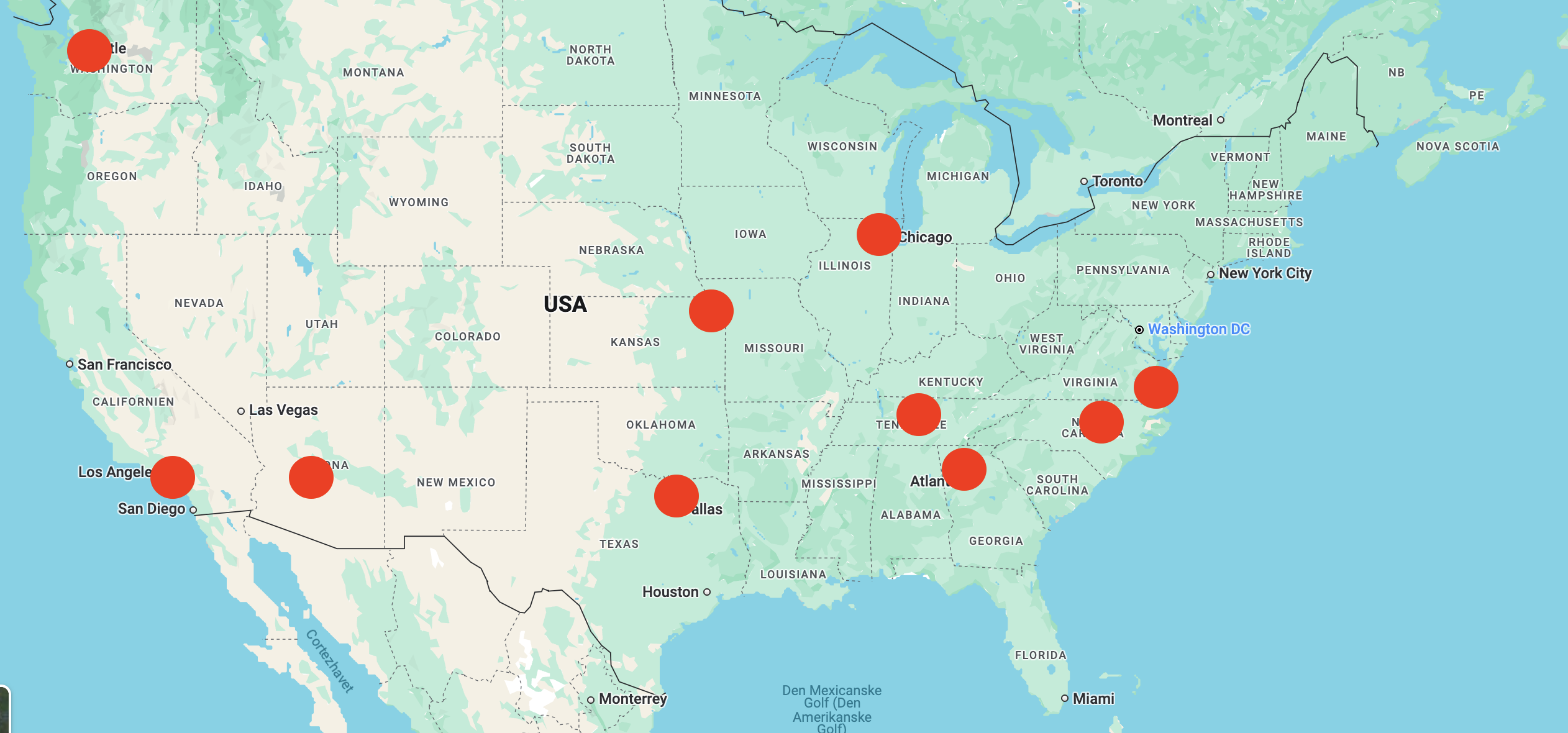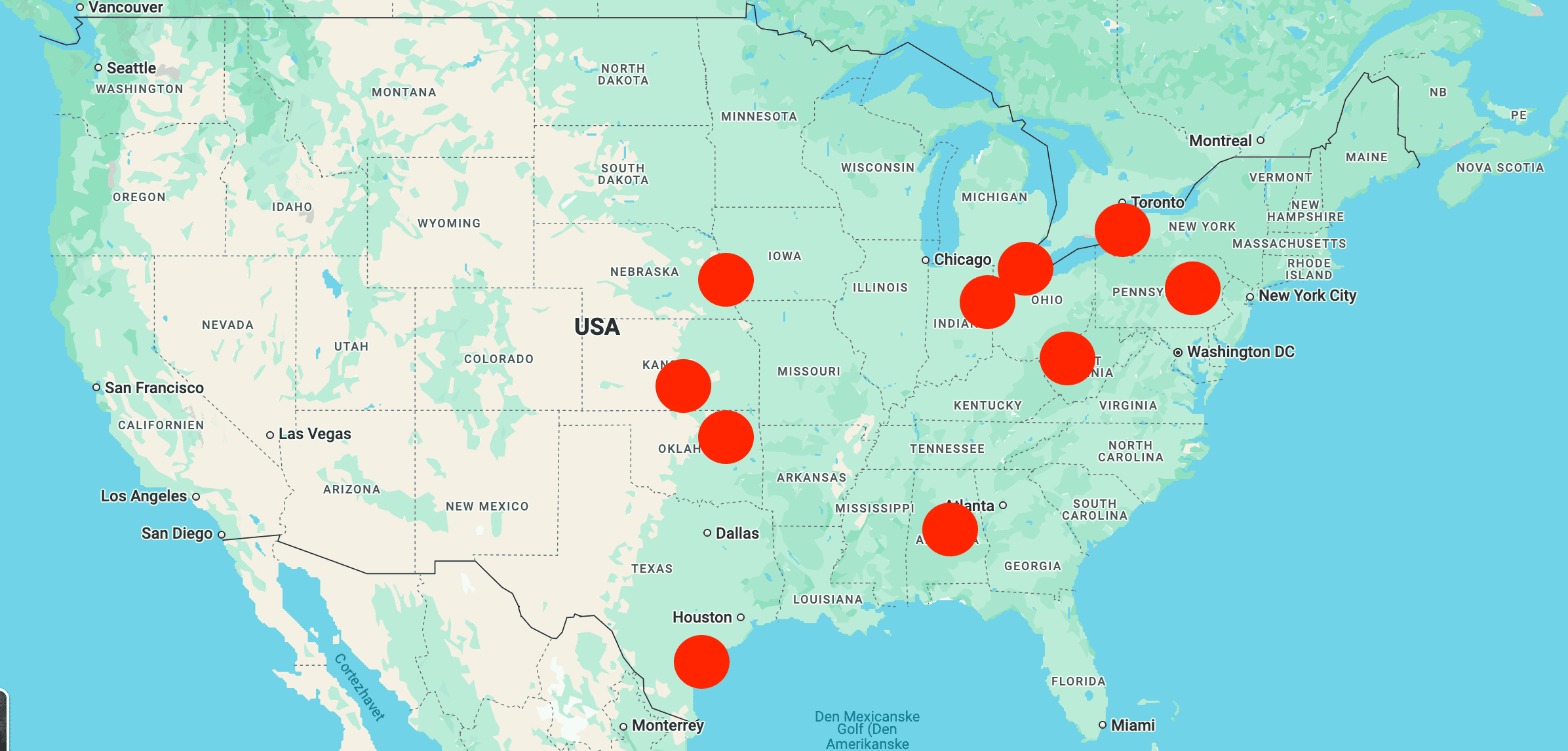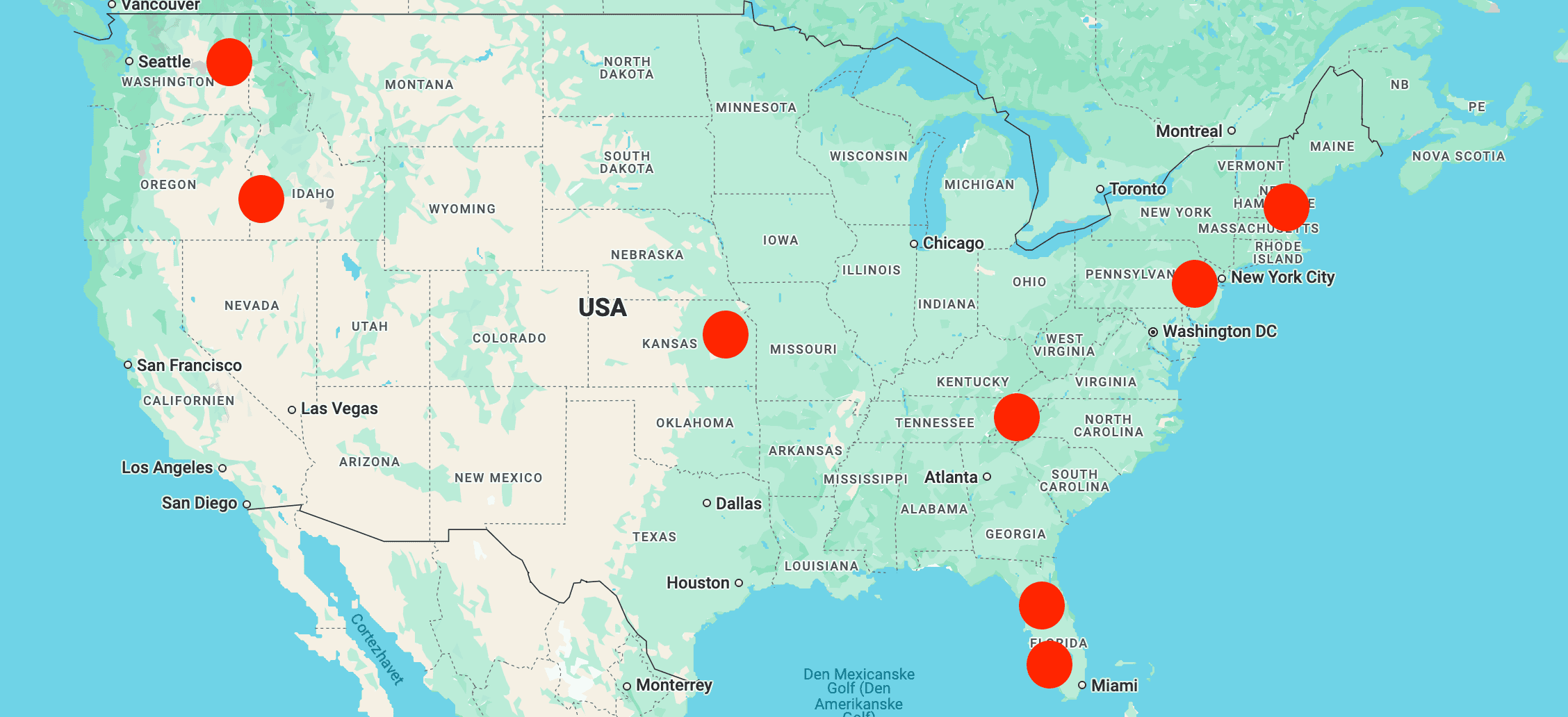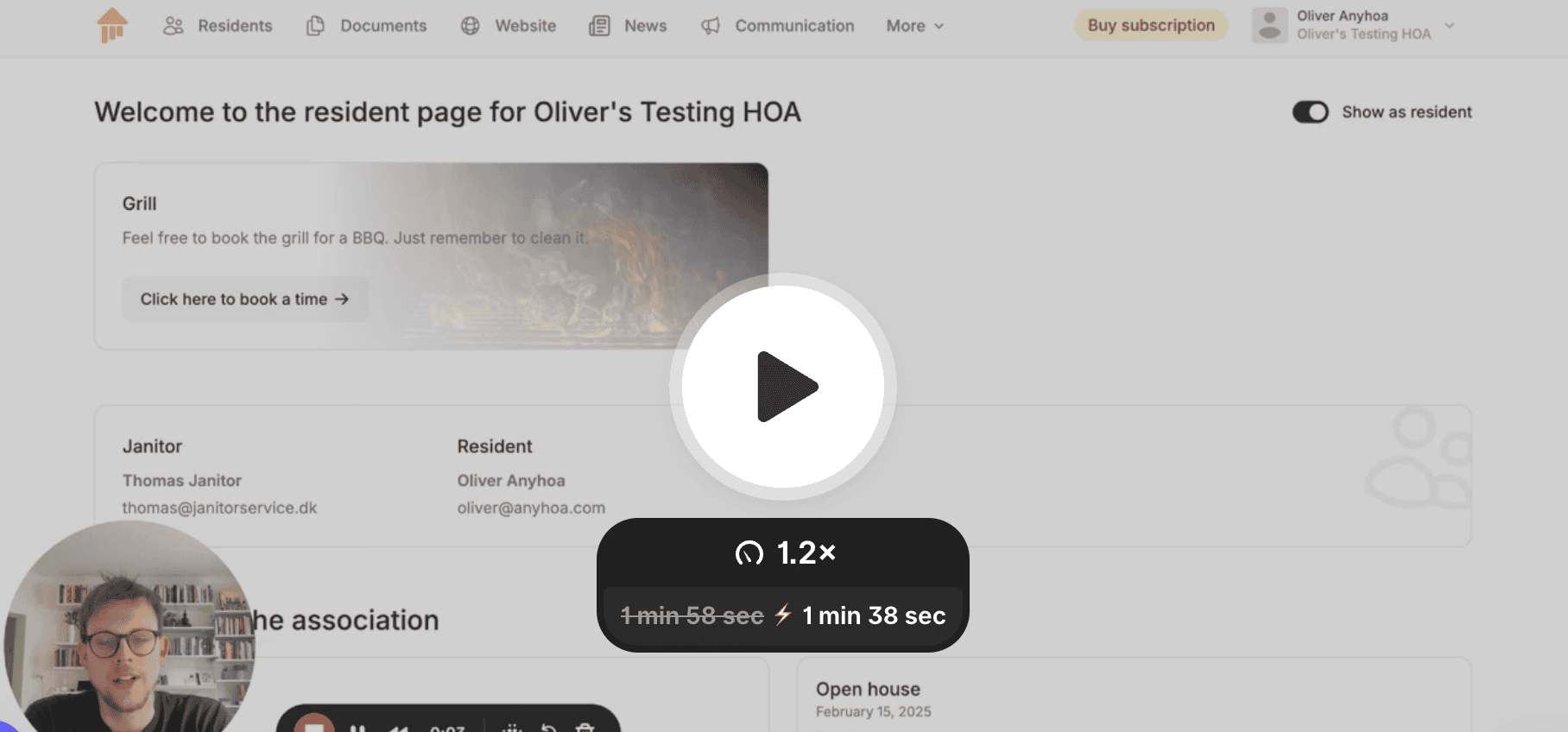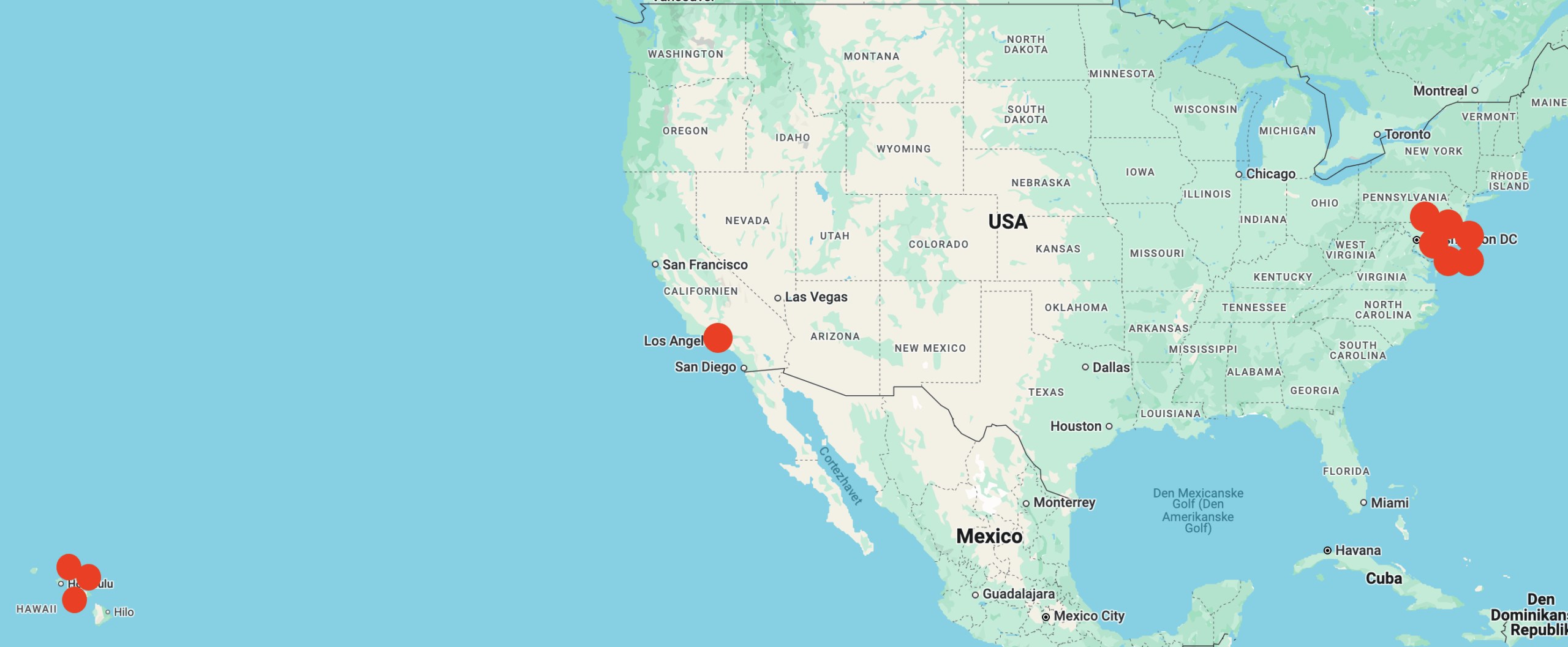Rules for general assemblies in housing associations
A general assembly is the cornerstone of decision-making in housing associations and homeowners’ associations (HOAs). It is where members come together to discuss critical matters, vote on key issues, and shape the future of the community. However, for these meetings to be productive and legally compliant, they must follow structured rules and best practices.

What is a general assembly and why is it important?
A general assembly is a formal meeting where members of an association gather to discuss and vote on important issues concerning the governance and management of the community. It serves as the highest decision-making body in an HOA or housing association and ensures that all members have a say in financial, operational, and administrative matters.
Key objectives of a general assembly:
- To review and approve budgets and financial statements.
- To elect or re-elect board members and assign responsibilities.
- To discuss and vote on important matters, such as maintenance projects, rules, and amendments to bylaws.
- To address concerns raised by members and improve transparency.
- To align the community’s strategic direction and ensure all members are informed about ongoing projects and decisions.
By having a well-structured and well-communicated general assembly, housing associations can foster engagement, prevent disputes, and ensure smooth governance.

Legal and organizational framework
While rules for general assemblies can vary depending on country and local regulations, most housing associations follow similar principles.
Who can attend and vote?
Typically, all registered members of the association have the right to attend the meeting, participate in discussions, and cast votes. In some cases, members may also be allowed to delegate their vote via proxy if they cannot attend in person.
Frequency of meetings
Most housing associations are required to hold at least one annual general assembly, often referred to as the Annual General Meeting (AGM). However, extraordinary meetings can also be called if urgent decisions need to be made.
Notice and invitations
The board is responsible for notifying members well in advance. This typically includes:
- Formal written notice sent by email or mail.
- A clearly defined agenda that outlines the topics to be discussed.
- Access to relevant documents such as budgets, financial statements, and proposed amendments.
Advance notice ensures that members have sufficient time to prepare and engage in meaningful discussions.
Setting the agenda: What should be included?
A structured agenda is essential for keeping the meeting focused and ensuring that all necessary topics are covered. The agenda should be circulated in advance and typically includes:
- Welcome and opening remarks – Led by the chairperson.
- Approval of the previous meeting’s minutes – To confirm the accuracy of prior discussions and decisions.
- Board’s annual report – A review of major activities, challenges, and achievements.
- Financial overview – Presentation and approval of the budget and financial statements.
- Election of board members – If applicable.
- Proposals from members – Discussion of new proposals or initiatives.
- Voting on key issues – Decisions on maintenance, rules, or amendments to bylaws.
- Miscellaneous topics & open discussion – Any additional concerns raised by members.
- Closing remarks and adjournment – Summarizing decisions and outlining next steps.
Having a clear agenda helps keep the discussion structured and prevents meetings from running over time.

How to ensure a productive and engaging general assembly
Encourage participation
A common challenge in general assemblies is low attendance and lack of engagement from members. To counter this:
- Offer hybrid meeting options (in-person and online) to accommodate all members.
- Use reminder notifications via email, SMS, or newsletters.
- Clearly communicate how decisions impact members to emphasize the importance of participation.
Use digital tools for efficiency
Many associations now use HOA management software or online platforms to streamline meeting processes, including:
- Digital voting systems for easier decision-making.
- Automated document distribution to ensure members have access to relevant materials.
- Recording and archiving minutes for transparency and historical reference.
Handling disagreements and conflicts
Disputes can arise when controversial topics are discussed. To maintain order:
- Appoint a neutral moderator or chairperson to oversee discussions.
- Establish a code of conduct to prevent disruptions.
- Use a structured voting process to fairly resolve disagreements.
Post-meeting: Documenting and implementing decisions
Once the general assembly concludes, it is essential to document the meeting and ensure all decisions are properly implemented.
Minutes and documentation
The meeting minutes should be prepared and distributed within a set timeframe (often within two to four weeks). These should include:
- Key discussions and decisions made.
- Voting outcomes.
- Action items and responsibilities.
- Next steps and follow-up dates.
Minutes should be stored securely and made accessible to all members.
Following up on action points
Decisions made during the meeting should be assigned clear action steps with deadlines and responsible parties. A structured follow-up process ensures accountability and prevents decisions from being ignored or delayed.

Strategic use of the general assembly
Beyond administrative and legal formalities, a general assembly can be a strategic tool for strengthening the community and planning for the future.
Aligning with long-term goals
Associations should use general assemblies to:
- Set long-term priorities, such as sustainability projects or community upgrades.
- Discuss new initiatives, such as smart technology for building management.
- Strengthen community engagement by involving members in decision-making.
Engaging residents in decision-making
Encouraging active involvement from members fosters a stronger sense of ownership and responsibility for the community’s well-being.
Final thoughts: Making your general assembly more effective
A well-organized general assembly is a powerful tool for improving governance, fostering transparency, and enhancing the living environment in a housing association. By following best practices in planning, communication, and documentation, your HOA or housing association can ensure productive and meaningful meetings.
If your association is looking for a more efficient way to manage meetings, documents, and communication, consider using a platform like Anyhoa. With digital tools for managing agendas, voting, and meeting minutes, you can streamline your general assemblies and enhance overall efficiency.
Would you like to see how Boligforeningsweb can help your association? Create a free account today.
